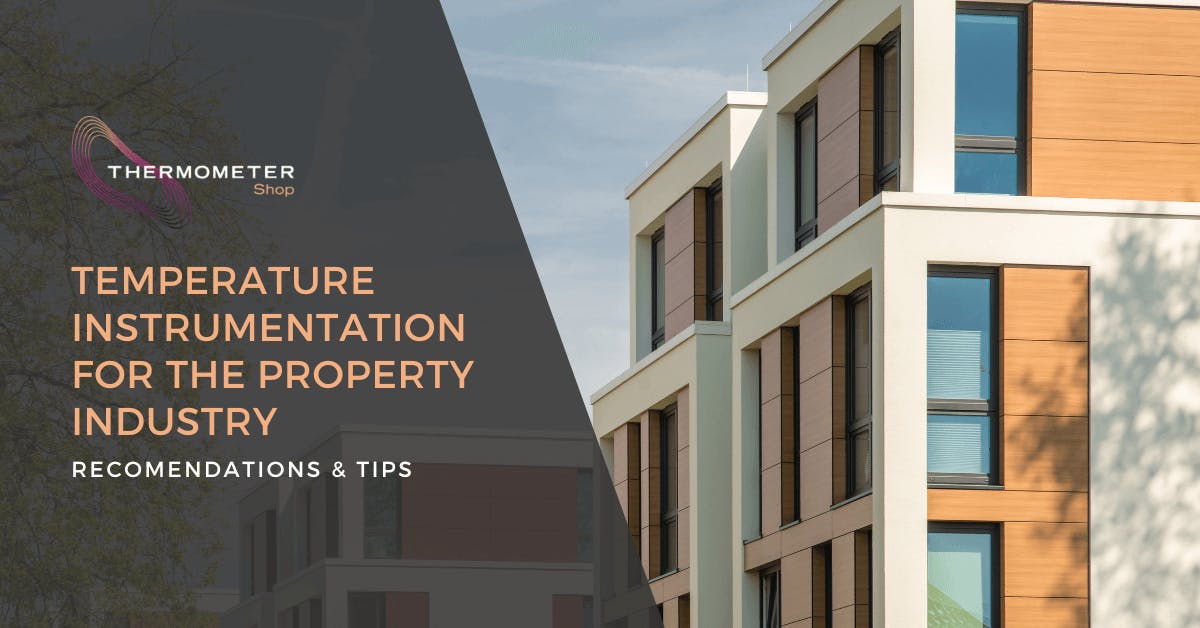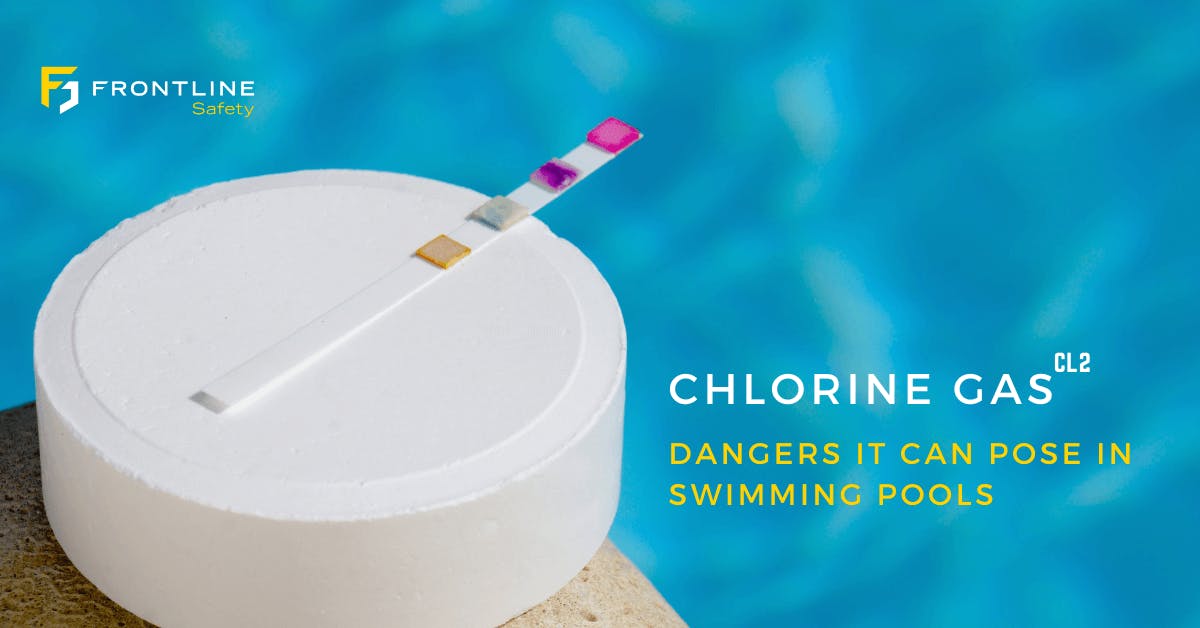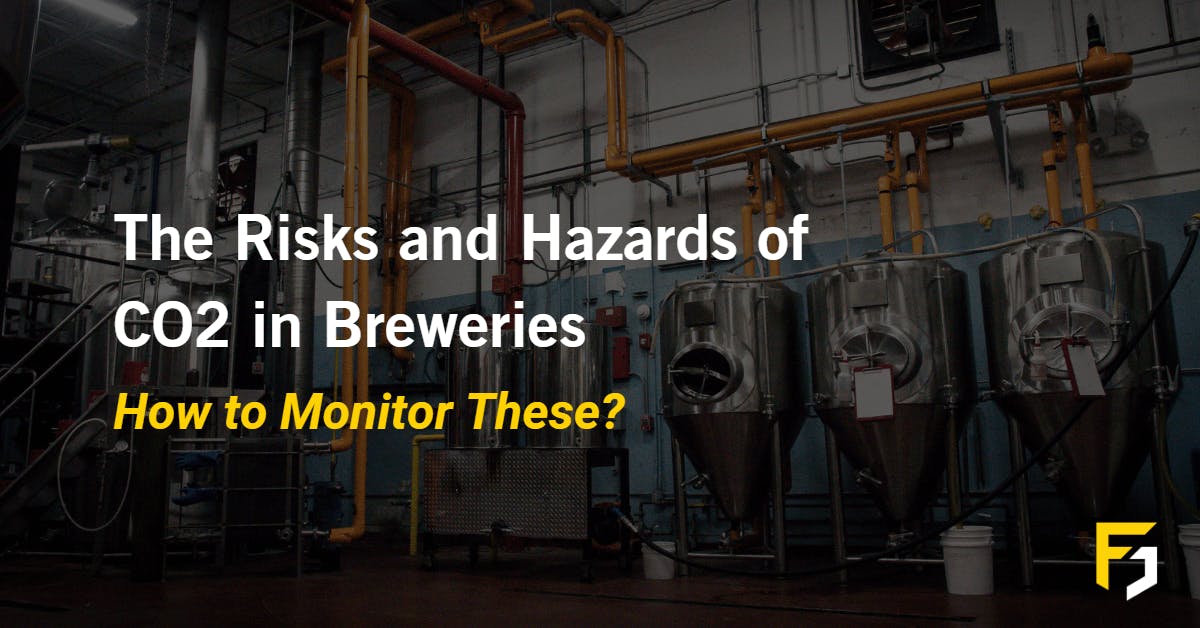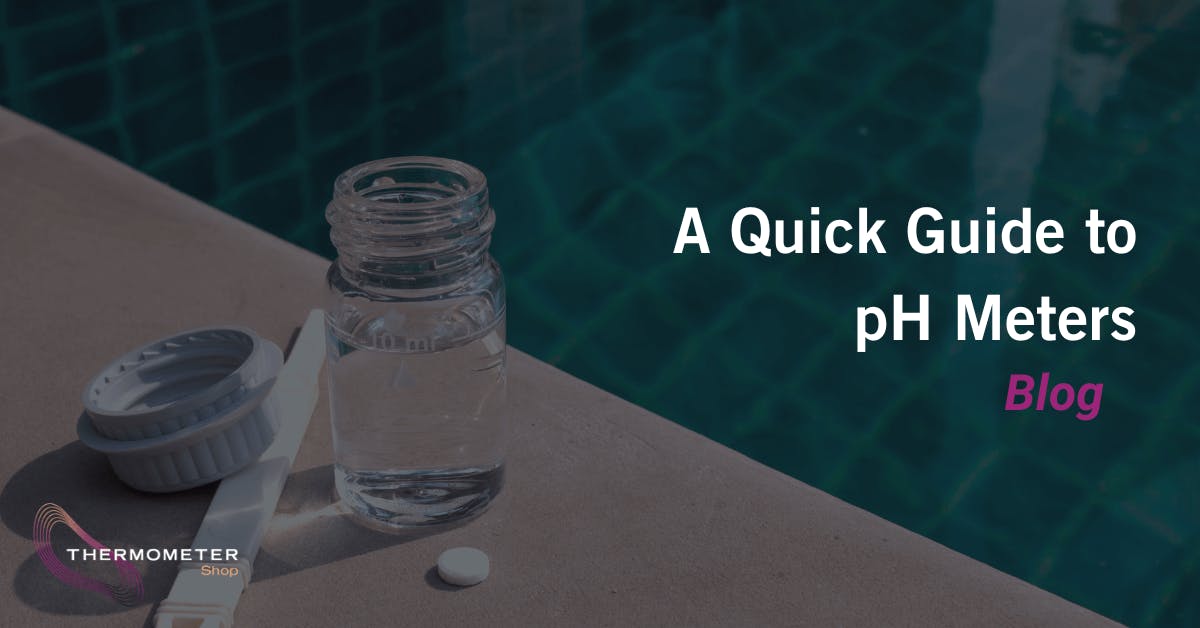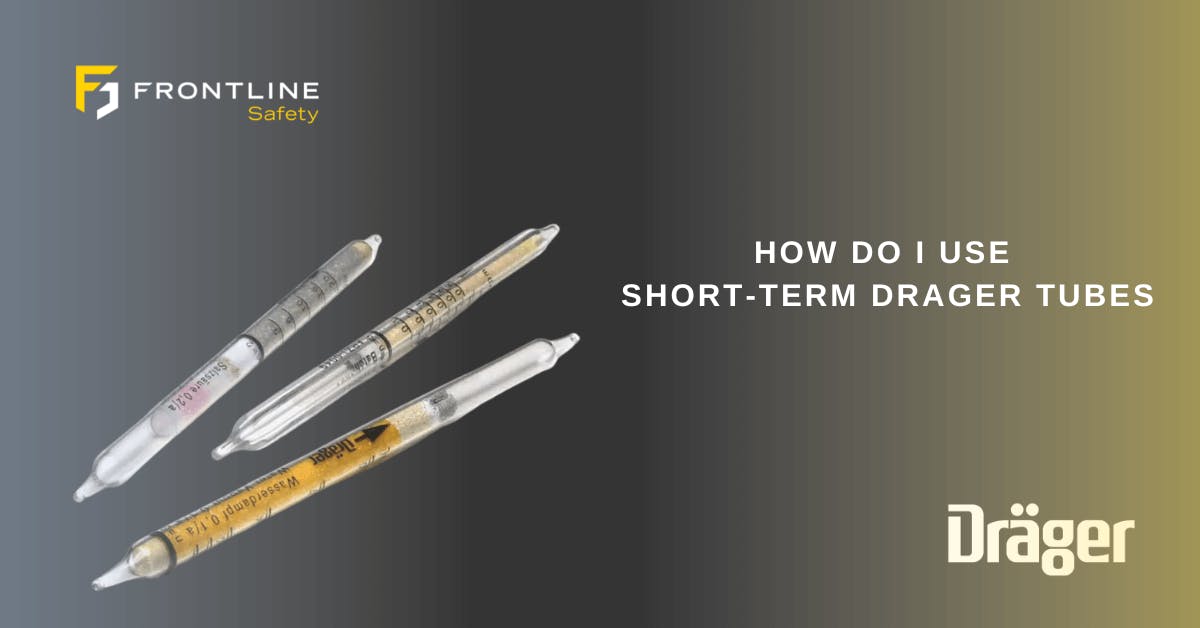
A Frontline Safety Gas Detection Overview
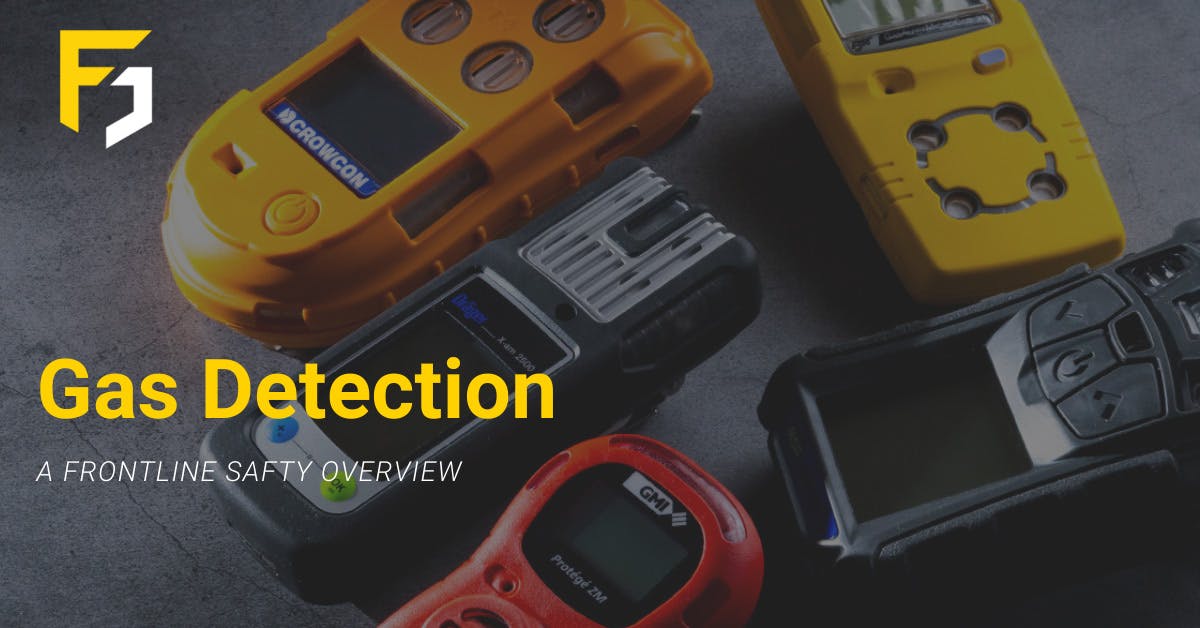
Overview of Gas Detection
In this guide, we'll provide an overview of types of gas detection, their use, and their limitations.
What is Gas Detection and Where it's Used?
Gas detectors are used to ensure the health and safety of workers by providing audible and visual warnings of hazardous levels of combustible and poisonous gases. Gas detection is to be used as a means of detecting gas hazards and alerting to those dangers. When working around gas personal protection should still be used. The method or type of detection is very much dependent on the application they will be used in. Common applications are confined space entry, chemical plants, marine, and oil and gas. There are many more applications where gas detection is required, and risk assessments must be carried out to determine what hazards may be present.
What Are the Limitations of a Gas Detector?
Sensors within a gas detector are designed to be exposed to toxic, explosive, and corrosive gases but that does not exclude them from issues. The catalytic bead LEL sensor is one of the most vulnerable to sensor poisoning and this is due to how this sensor type detects gas. When the gas reaches a catalytic bead sensor, the gas burns, and the bead detects a change in temperature. When poisons such as silicone-based products, lubricants, gas additives, sulphur compounds, and lead come in contact with the bead they can prevent the gas from burning which impacts the reading on your monitor.
To prevent the risk of sensor poisoning other sensor types such as infrared (IR) is not impacted by poisons. Our image on the right display how an Infrared sensor works as is less likely to be impacted by poisons.

Gas Detector Maintenance
Keeping your gas detector clean should be an important part of ensuring it is compliant and operational. Portable gas detectors are subject to a certain level of abuse; they're usually worn on belts or clipped to clothing. They may get dropped or knocked about during the typical working day. They may also be exposed to rain, dust, oil, sealants, etc, and the sensor's protective membrane may become blocked. Some damage to the device can be detected by the naked eye, however, an under-performing sensor can't. Care should be taken when cleaning as mentioned above, there are several solvents and lubricants within cleaning products that can cause harm to your gas detector

The battery life of your gas detector can also be a limitation. Portable and transportable gas detectors require a charge to be used. Some battery lives vary from 1 working shift to months in the field. Depending on how long you wish to monitor for gases the battery life can be an issue. As a means of combating this limitation, many companies choose to have a fleet of monitors that are able to be changed at the end of each shift. If a fleet is not possible, choosing a detector with an extended battery life could be another solution.
Overview of Gas Detector Types
Gas detectors come in many forms being fixed, portable, transportable, single-gas, and multi-gas.
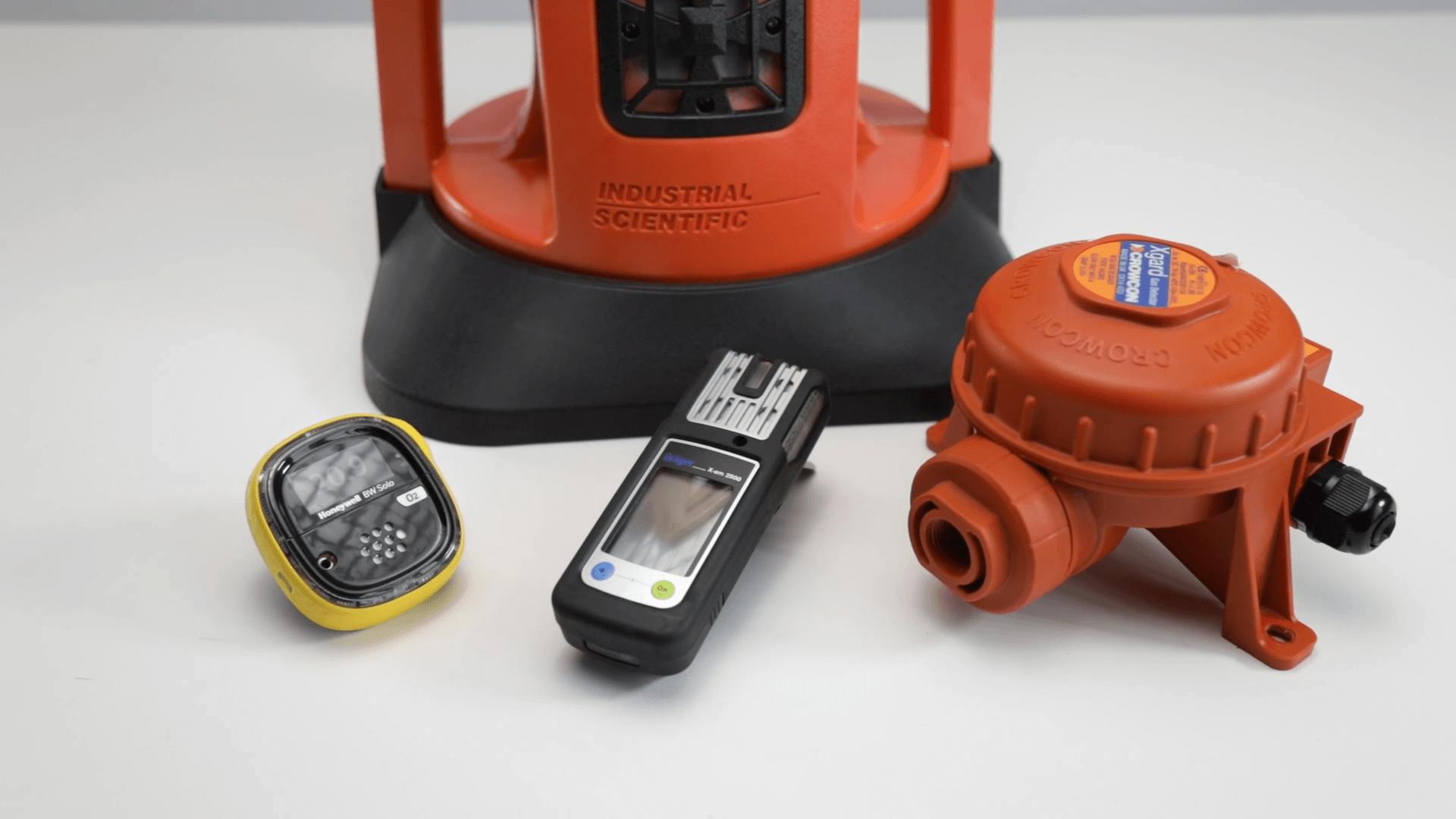
Fixed is a gas detection system that is to be installed permanently in a set location to provide continuous, area, and personal protection. They are designed to alert workers of potential dangers from poisoning by toxic gas exposure, asphyxiation due to oxygen depletion, or explosion from combustible gases. These systems can be used to shutdown certain areas or alert workers to evacuate from an area that has been affected by gas.

Transportable is designed to be readily moved from one area to another depending on where the risk of gas may be present. If a fixed system must be shut down temporarily then use a transportable area detector to temporarily detect gas in the hazardous area.

Portable is a device normally attached to a person, that monitors the atmosphere around the workers breathing area. Some of these detectors are also designed for pre-entry checks in confined spaces. Within these types of gas detection there are various designs, the two most common portable designs being diffused and pumped. A diffused gas detector requires the substance to pass by the sensor inlet for the gas substance to be picked up. These devices are suited for use in the workers breathing area but are not suited for drawing samples.
A pumped gas detector draws a sample via its pump inlet. This can be worn in the users breathing area as normal or used to draw a sample from a selected area using a sampling tube. Pumped monitors are used for pre-entry checks of confined spaces, where an area is deemed safe for entry.
In addition to this, you also have single or multi-gas detectors. Single gas detectors have 1 sensor and quite often are disposable requiring no maintenance with a lifespan of 2-3 years.
Multi-gas detectors can have 1-8 slots allowing for many gases to be monitored simultaneously. Depending on the hazards within your application, either detector type can have its benefits.

What is a Self-Check?
When a gas monitor is switched on, it runs through a series of checks to ensure it is functioning as it should. This varies per monitor, however, as standard they tend to check/test the display icons, the visible, audible, and vibrating alarm*(double-check), and continues to display the software version, the sensors installed, and their low and high alarms, if applicable TWA and STEL are also displayed.
Why Maintenance of your Gas Detector is Important
Portable gas detectors are subject to a certain level of abuse; they're usually worn on belts or clipped to clothing. They may get dropped or knocked about during the typical working day. They may also be exposed to rain, dust, oil, sealants, etc, and the sensor's protective membrane may become blocked. Some damage to the device can be detected by the naked eye, however, an under-performing sensor can't.
Check out our video below to find out why we calibrate and service our gas detectors regularly.
For more information regarding gas detection, speak to our helpful sales team in the live chat, or call us on 0141 771 7749.

